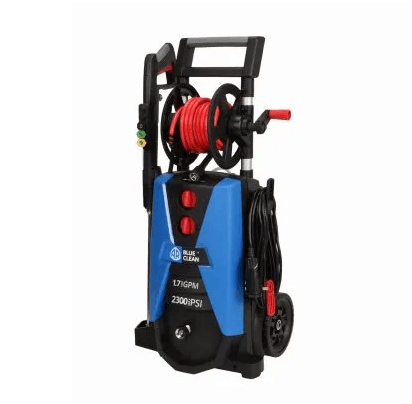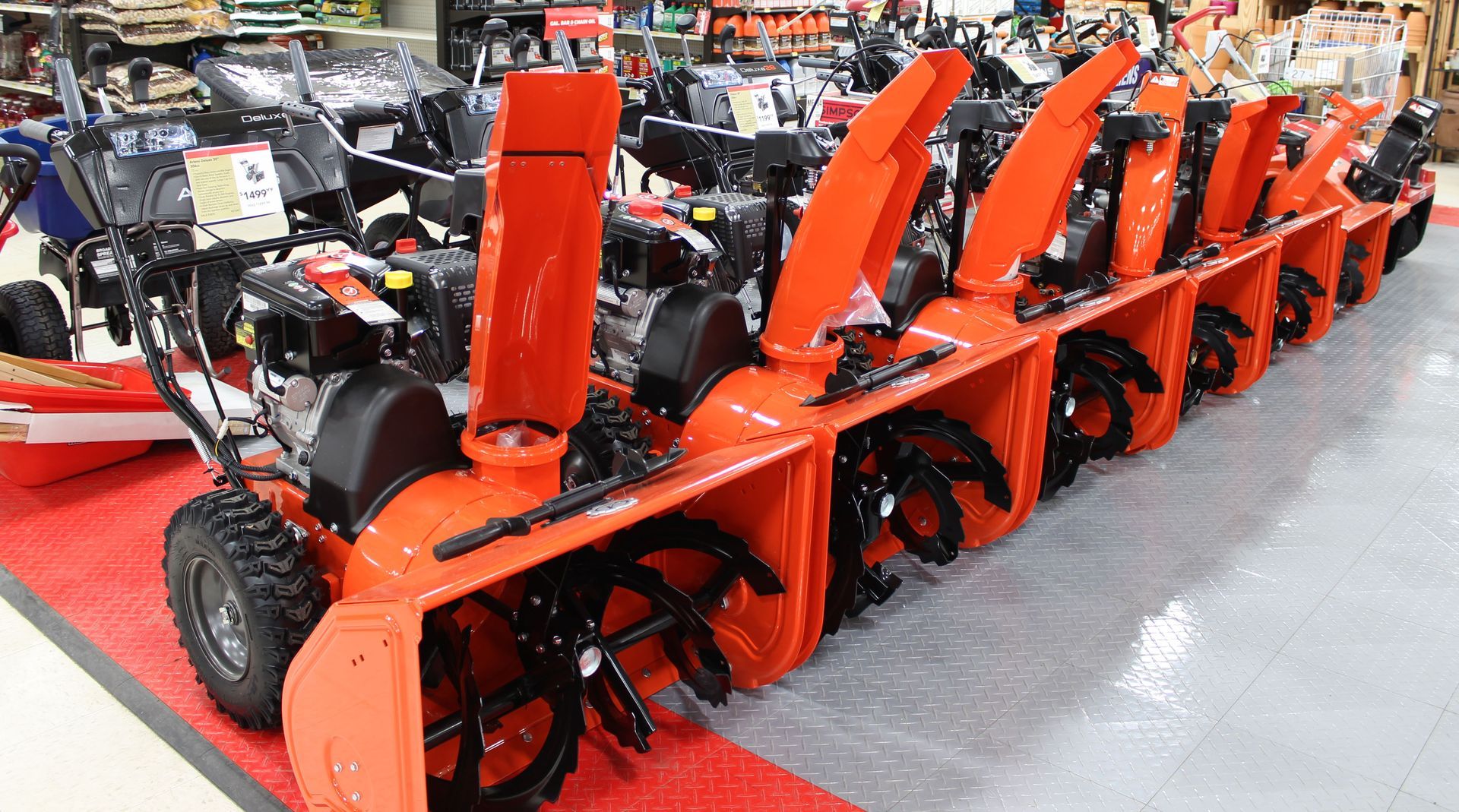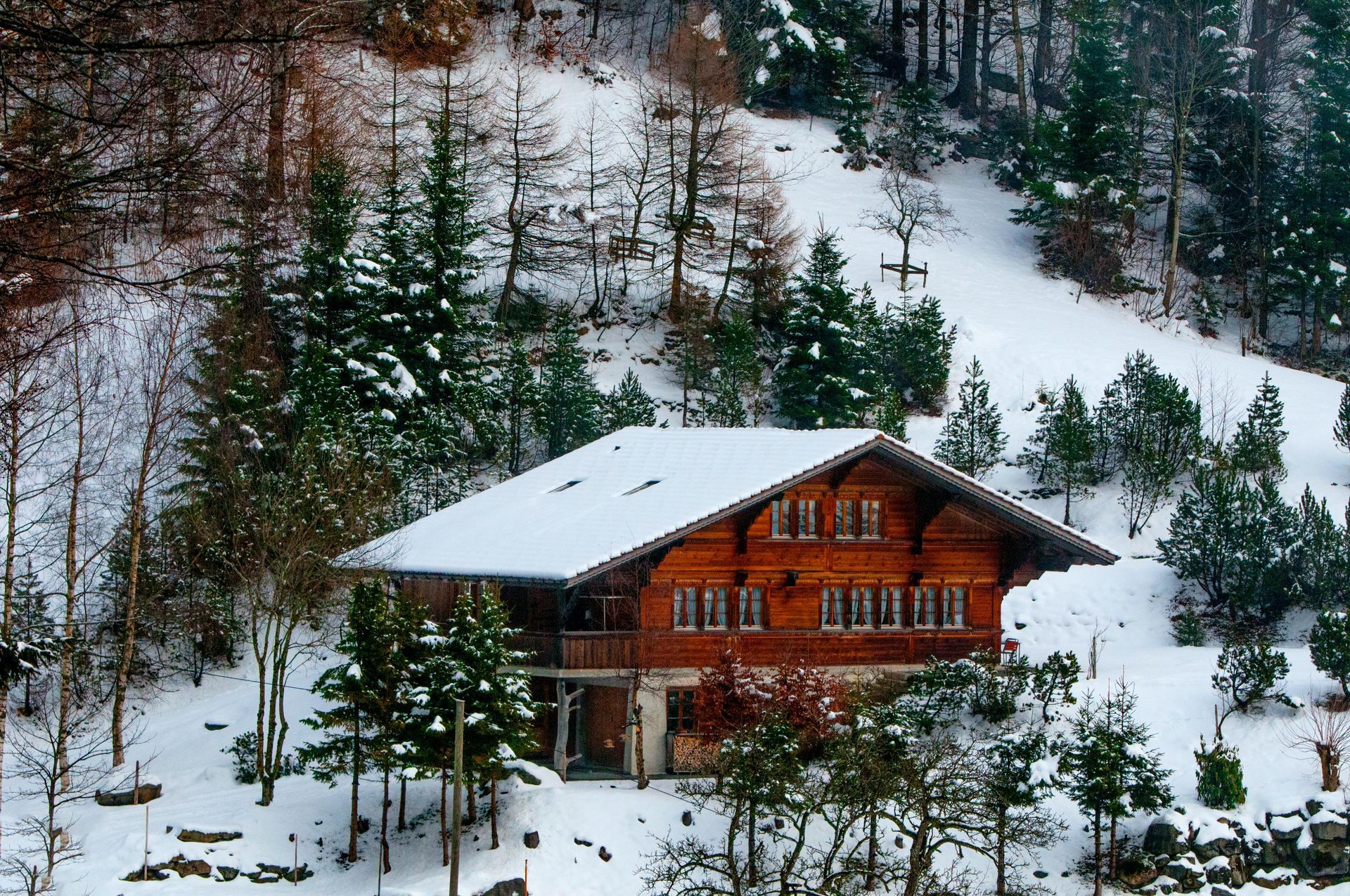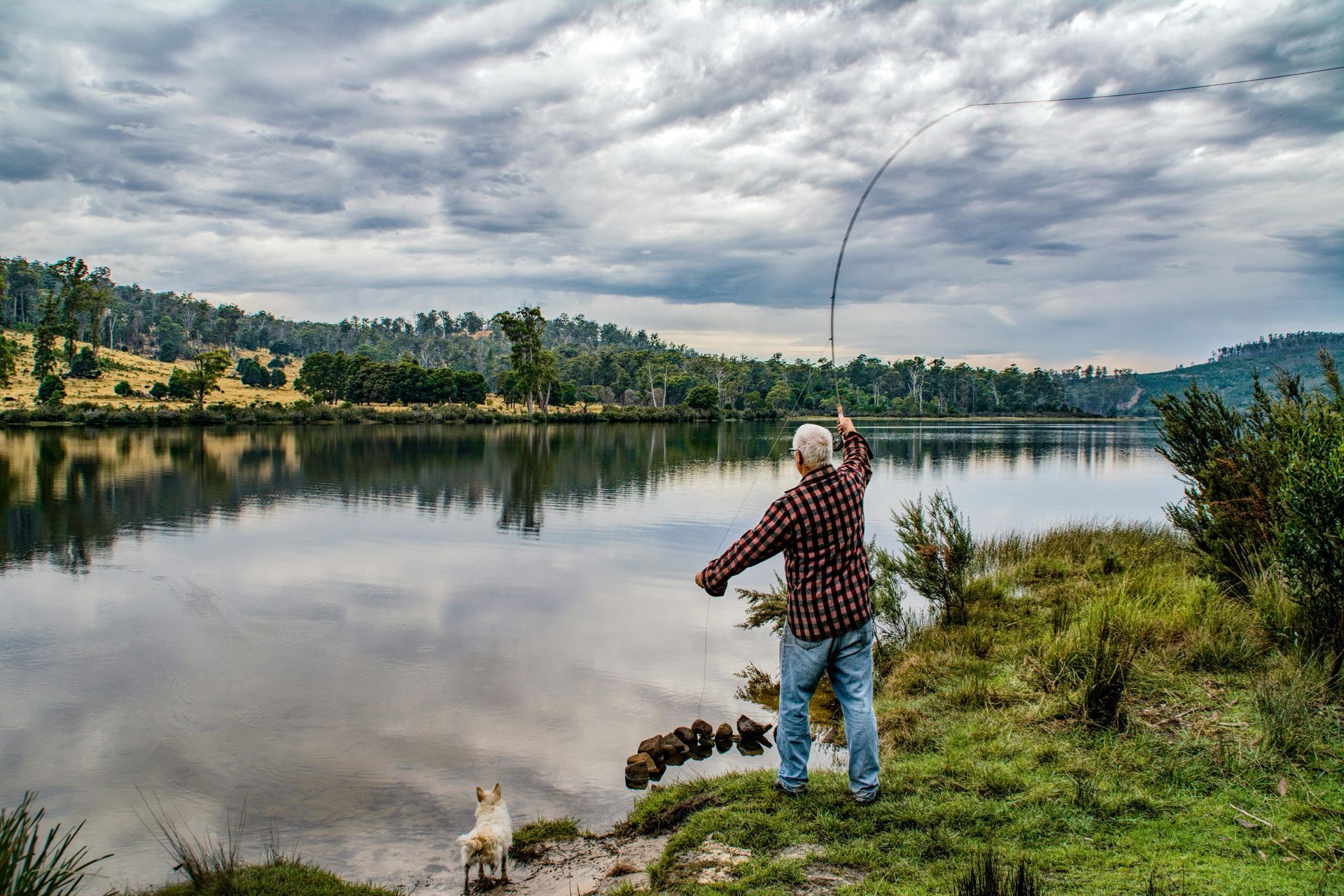Pressure Washing Your House
Selecting a Pressure Washer
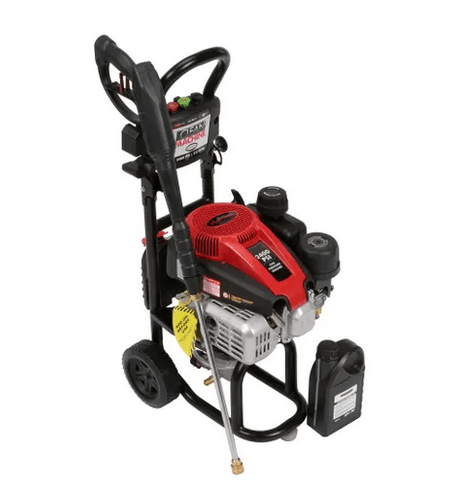
Activate Your Pressure Washer
Select a nozzle for the tip of the wand. Choose a nozzle that is appropriate for the job you’re doing. Check your owner’s manual for the appropriate suggested uses for each of the nozzles included with your washer. The included nozzles provide you with different amounts of pressure, from a narrow, laser-like stream to one a bit more powerful than a garden hose.
If you need to attach an extension wand to reach high or out-of-reach areas, do this before connecting the nozzle. Some home pressure washing jobs may require using chemicals or detergents. Add these before turning on the washer, as directed by the manufacturer.
Set the wand to off or low before starting up the washer to avoid losing control of the wand. Squeeze the wand trigger and then turn on the washer.
Be Safe! Pressure washers expel water at great force and can cause injury. Do not aim at animals or people and be sure you are in control of the wand when the machine is activated.
Let the Cleaning Begin
Before you begin, test the spray before hitting your target area. Stand at least 4' away and gradually move the point of the wand toward the desired area, making slow passes over it.
Stop and see if the area has been cleaned or stripped (if you’re using the washer to strip paint). If it is not, move closer and repeat. When you’ve found the ideal distance, begin cleaning again with slow movements of the wand until you’ve cleaned or stripped the area.
If you used a detergent or chemical, let the solution work into the area and then rinse with a water-only stream from the washer, or water from a garden hose.
You should always start with a lower pressure when unsure of the effects it may have on surfaces. You can then switch nozzles or change your standing distance to increase pressure, if needed.
It is not advised to hold the wand tip closer than 12" from the surface you are cleaning. The highest pressures from a washer can be damaging to siding, wood decks or similar surfaces if used incorrectly, while high pressure settings can be ideal for cleaning surfaces such as concrete.
If you’re cleaning an area with adjacent plants or patio furniture, move them or use tarps to protect them from the force of the spray and any detergents you may be using.
To Finish
When you’ve completed your home pressure washing, turn the washer off and then turn off the water at the spigot. Squeeze the trigger on the wand until all water has been expelled.
Disconnect the garden hose from the washer. After every pressure wash job, especially one where you used chemicals, it’s best to rinse surfaces with a garden hose to ensure that all dirt, debris and chemicals have been removed.
SHOP ONLINE FOR PRESSURE WASHERS or Visit Reedsburg True Value Today to Discover What's In-Store!!

